#ornamental gourds
Text

Fall harvest display. Can you tell which ones are real?
0 notes
Text
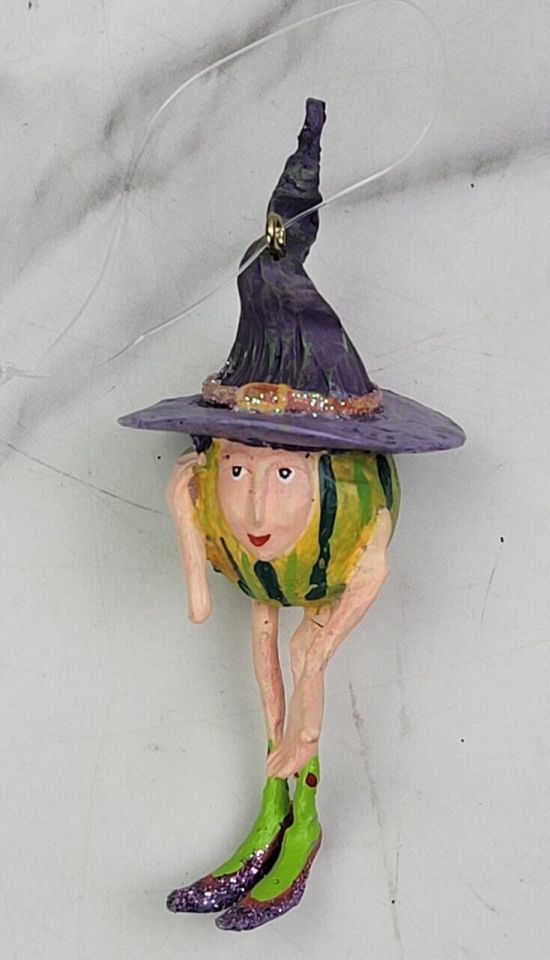
(source)
38 notes
·
View notes
Text
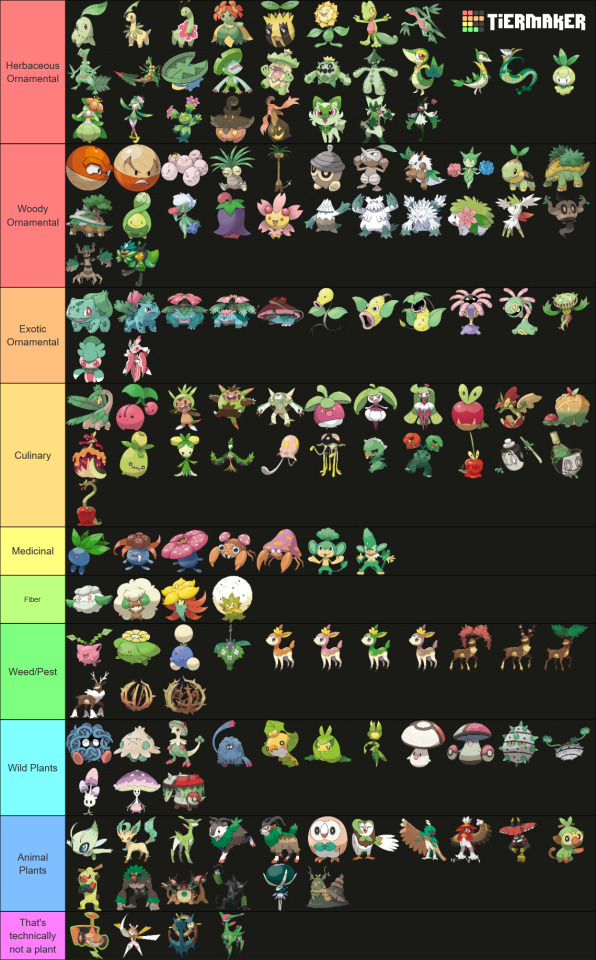
So I was thinking about the other grass type tierlist I made based on what plant families grass type pokemon were based on and made another list categorizing the uses the plants the pokemon are based on
#pokemon#grass type#if you want any explanations feel free to ask but I'll share some of the most interesting placements (in my opinion) in the tags#I was debating putting maractus in the weed/pest tier because prickly pear cactus are considered invasive in many countries#fun fact one of the only widely successful uses of biological control to deal with invasive plants was the cactus moth in Australia#but anyways#I put ogerpon in the woody ornamentals rather than the culinary because I personally believe it's use of the different types of masks#correspond more to the ornamental side rather than culinary#the exotic ornamental category is for plants that are hard to grow and are usually only grown by experts or in botanical gardens#the pumpkaboo line is in ornamental because its mostly based on ornamental gourds#and I don't think people would want to try and eat a haunted gourd#the wild plants category is mostly for ambiguous plants and them not really having any human uses (other than battling/contests)#the animal plants category is for pokemon who are animals that happen to have plant parts/powers#and finally I put dhelmise in tehcnincally not a plant because seaweed is not a plant it's algae
2 notes
·
View notes
Photo

Gourd ornaments, made by a family member of the Cherry Bank Farm!
35 notes
·
View notes
Text
Add Quick Color with Annual Climbers
When we look at our homes from the outside, we see brick and concrete, siding and fencing. But look closer at most homes, even those with little or no yard, and you’ll find plantings of some sort, whether pots on a terrace, a balcony with hanging plants, or window boxes, full of color. We may be limited in the space we have for gardening, but not in our desire to garden. Our desire to somehow…

View On WordPress
#annual climbers#annual flowers#black-eued susan#cathedral bells#climbing flowers#climbing plants#convolvulus#cucumber#garden#gardening#morning glory#nasturtium#ornamental gourd#scarlet runner bean#sweet pea#urban-gardening#vertical gardening
0 notes
Text
last year we threw all our pumpkins into the garden once they started rotting so they could become dirt and a bunch of the seeds ended up sprouting n i didnt pull some of them out so whatwver happens happens
#excited to see if they Do anything. at the very least they can be a sort of groundcover ig#there were some white pumpkins and then those little ornamental gourds#which i wish were edible sooooo bad. but theyre cute at least
0 notes
Text

little ornamental gourd quilt! I started this last fall by dyeing and then bleaching out the shapes, but finally quilted it last night and added some satin stitch details. putting this one up for sale, could be used like a doily or a table runner under a centerpiece or I can add a hanging loop for wall mounting. hand painting and sewn with my free motion foot
$36 plus shipping, US shipping only. It’s approximately 18x14 inches :) message me if interested!
271 notes
·
View notes
Text

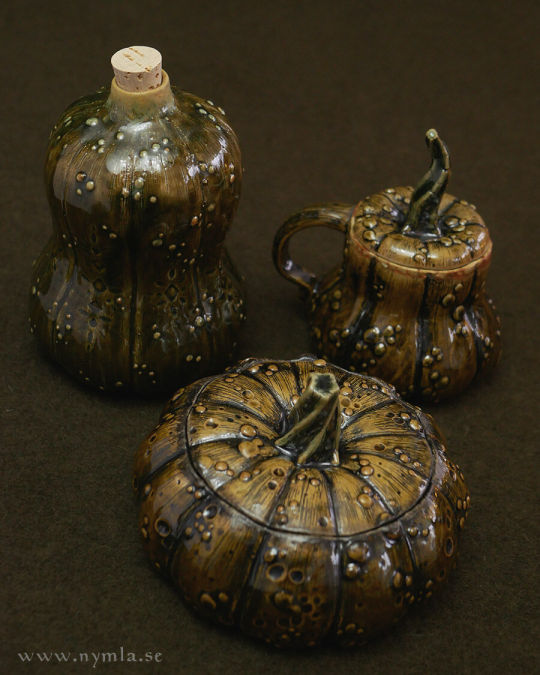
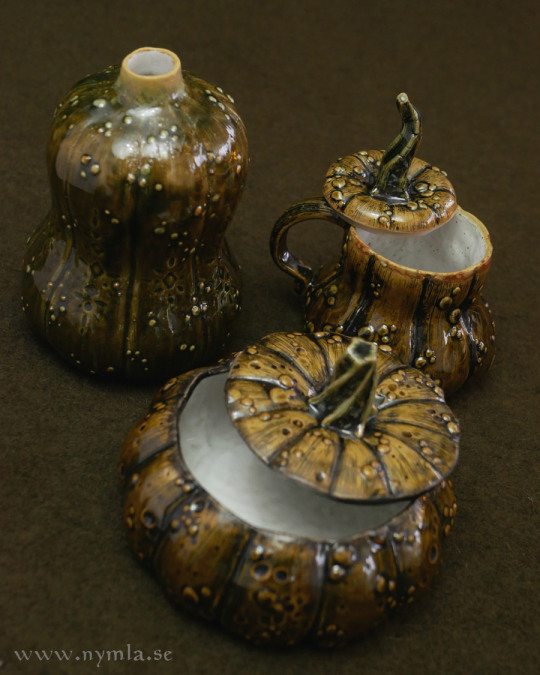
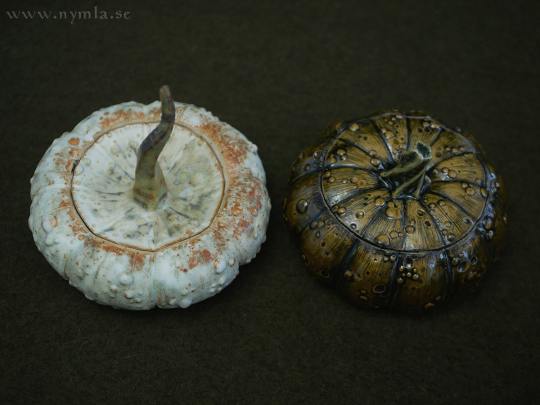

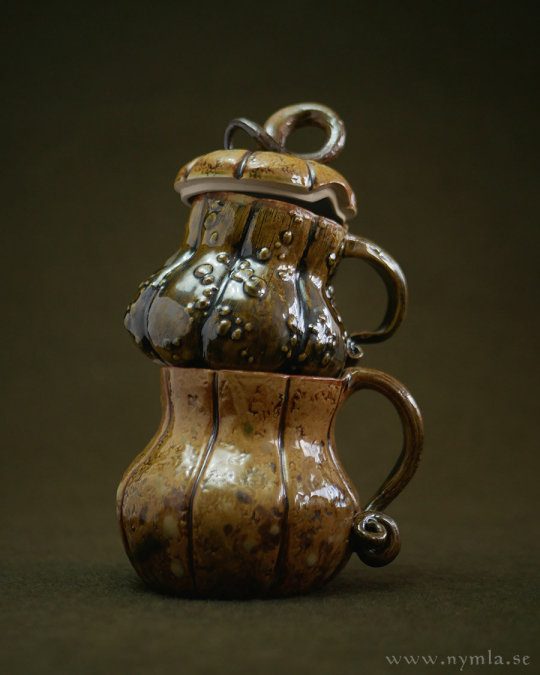
🎇 Shop Update! 🎇
Happy 1st Advent everyone! :]
I have now restocked my shop, you can check it out here:
www.nymla.se/shop
There's gourds and frogs and a paintpalette and some christmas themed things like fir cone ornaments and lussekatter aand also necklaces and leaf spirits and prints aaand some new gift wrapping options!
If you are looking for something specific and want to know if it's sold, you can check the "Sold" category in the shop.
I will be shipping new orders as soon as I can, so they hopefully all arrive before christmas!
Thank you all for your support 💚🎄
Nymla
103 notes
·
View notes
Text
Sidequest's Favorite Cozy Horror Games for Weenies
Once again, October is upon us, heralding all things eerie and ominous: the wind whistling through barren trees on a rainy night; gourds, both ornamental and eaten; bony, oversized lawn ornamentation from a beloved multinational home improvement/lawn and garden center; a preponderance of frightful films, books, and games; and more.
Continue reading Untitled

View On WordPress
#cozy games#Cozy Grove#Dredge#horror games#Night in the Woods#Oxenfree#Rusty Lake#Six Cats Under#The Excavation of Hob&039;s Barrow#What Remains of Edith Finch
130 notes
·
View notes
Text




Gourd
Black Myth Goku, Shadows Die Twice the same game peripheral Restoration gourd ornaments crafts cultural toys handle gourd pendant pure handmade DIY creative handles
#art#gourd#shadows die twice#black myth wukong#gift#knick knacks#handmade#80s#90s#00s#art pieces#creativity
12 notes
·
View notes
Text
youtube
Sophie profiles night-flowering plants to prove gardens can be enjoyed by early-birds and night-owls.
Under the harsh midday sun, it's easy to think gardening is purely a daytime activity, but plants don't put down tools when we do. With careful planning it's easy to bring your garden to life at night, adding extra dimensions for nocturnal pollinators. Sophie shows us that gardens can be enjoyed day in and day out.
Night Flowering Plants
Plants pollinated by butterflies and bees are at their brightest and most fragrant during the day, because that’s when their pollinators are most active. But not all plants are pollinated by bees and butterflies. Some plants are pollinated by nocturnal creatures like moths, bats and beetles, so these plants need to look and smell their best in the dark.
For pollinators that can't see well in the dark, they can be attracted by fragrance. Night-scented plants respond to the temperature drop in the evening. It triggers a chemical change in the petals where the volatile compounds become highly concentrated, and therefore more fragrant.
Some plants don't put on perfume but do respond to the fading of the light. In the plant world, it's called the nyctinastic rhythm, which is a bit like a circadian rhythm for plants. Typically, night flowering plants have white flowers because they have the best chance of reflecting light at night.
Madagascar Jasmine | Stephanotis floribunda *
This evergreen climber produces bunches of perfumed, white flowers over glossy, green foliage. It’s traditionally used in wedding bouquets and is reputed to have the best perfume of any climber. It's cold and frost tender and does best in a protected position next to a wall for radiant heat. In frosty areas, keep it undercover in a polyhouse or indoors. Stephanotis is related to Hoya and is non-toxic to pets so it can be a valuable addition to your indoor collection.
Chilean Jasmine | Mandevilla Iaxa *
This woody-stemmed climber has exquisite flowers with a sweet-vanilla scent that is most prominent in the evenings. Unlike other Mandevilla, which are sub-tropical plants, this one is cold and frost tolerant, even in the Adelaide Hills. The fresh, green leaves are deciduous in colder climates, but it will be semi-evergreen in milder climates.
Chinese Star Jasmine | Trachelospermum jasminoides *
This climber certainly packs a fragrant punch with its small star-shaped flowers, hence its name. Sophie’s grows this together with the Chilean Jasmine over the front doorway, and they are both members of the frangipani family. Star Jasmine are very versatile and can be grown over a topiary frame, on a trellis, as a ground cover, or even indoors if it has access to enough light.
New Guinea Bean | Lagenaria siceraria
It's not just ornamentals that are in the night scene. The New Guinea bean is in the bottle gourd family and produce long fruits with white flesh, and a flavour between zucchini and cucumber. Their white flowers open at night and emit a sweet fragrance to attract their nighttime pollinator, the hawk moth. This plant not only looks and smells good - it tastes good, too.
Cape Jasmine | Gardenia jasminoides ‘Florida’ *
Gardenias love acidic soils. This cultivar has beautifully scented semi-double blooms that appear in warmer months. Plant this in the centre of the pot to enjoy its height.
Star Jasmine | Trachelospermum asiaticum ‘Flat Mat’ *
This groundcover is perfect for a pot and can be planted towards the front, so it trails over the sides. It has dark green foliage and a crisp white star-shaped flower with a heavenly perfume.
Sweet Alice | Lobularia maritima
Perfect for edges, borders and trailing over pots, Alyssum or Sweet Alice gets its name for its wonderful fragrance. This plant is an annual though should self-seed in its pot.
* While Stephanotis, Mandevilla, Trachelospermum and Gardenia have "jasmine" as a common name; a "true" jasmine is from the genus Jasminum. Most Jasminum species are considered an environmental weed in Australia, so plant these instead to enjoy their impeccable beauty and scent, responsibly.
#gardening australia#solarpunk#australia#plants#gardening#garden#flowers#night garden#night flower#pollinators#nocturnal pollinators#Youtube
7 notes
·
View notes
Text
-gives you a small ornamental gourd- 🎃 -gives you a small ornamental gourd- 🎃 -gives you a small ornamental gourd- 🎃
168 notes
·
View notes
Text

Halloween Countdown Day 4
The curse of the Toxic Squash!
My 2023 pumpkin harvest includes Winter Luxury pumpkins, Patty Pan squash (Cucurbita pepo), Autumn Crown (C. moschata), Crown Prince, Candy Roaster, Hubbard, Ute, Turban, and Uchiki Kuri (all C. maxima).
A pumpkin patch is a wholesome Halloween sight, but there is evil lurking in the domain of squash… Toxic Squash Syndrome! Squash can develop unusually high concentrations of a naturally occurring toxin called cucurbitacin E. This toxin is a tetracyclic terpene whose smell and taste repel insect and mammal pests.
If humans consume too much cucurbitacin, they can suffer excruciating symptoms like diarrhoea, vomiting, and hair loss over a period of several days. Fortunately, it is easy to detect the toxin before consuming an unknown squash. Simply lick the raw squash pieces after the fruit is cut up. If they taste bitter, do not eat! It is important not to eat the bitter squash because poisoning can result from a small amount.
Wild squash species have higher cucurbitacin E levels than domesticated squash. The eldritch ornamental squash with bizarre shapes and patterns found in fall home décor were bred for looks rather than culinary use, so they have the wild squash genetics for high cucurbitacin E production. Other types of toxin-loaded squash and gourds, such as Calabash and Colocynths, are sometimes grown for ornamental use. People may consume these unusual squash due to ignorance, or experimentation with traditional medicinal uses of these species.
Toxic squash syndrome can be prevented by only eating squash from reputable sources, such as supermarkets and home vegetable gardens where there is no chance of cross pollination with wild squash species. The progeny of ornamental and edible squash may look like edible squash, but they contain the dangerously high levels of cucurbitacin E. If the only squash in the local vicinity are edible domesticated squash varieties, the seeds should be safe to save and grow for next year’s harvest. However, bitter squash can be caused by harsh environmental stress so always taste before cooking. Make sure your Halloween pumpkin soup and pie is a treat not a nasty trick!
#katia_plantscientist #pumpkinpatch #toxic #squash
#katia plant scientist#botany#plant biology#katia hougaard#plant science#plants#pumpkins#squash#winter squash#decorative squash#fall#fall aesthetic#autumn#fall vibes#autumn vibes#pumpkin patch#fall season#toxic#toxic plants#cucurbitacin#cucurbita#jack o lantern#plant genetics#purple dress#toxin#ornamental squash#food safety#plant facts#halloween#halloweencore
27 notes
·
View notes
Text

Mab’s Drawlloween Day 10: Pumpkin
Meet the Ozark wild gourd (curcurbita pepo var. ozarkana) aka “johnny gourd”. It’s vines, leaves, and orange flowers look like most squash plants, but its bitter poisonous squash look like white chicken eggs and are around the same size. I call them ghost eggs, but your state may have its own folk names for it as well as yellow or green varieties of it. The squash may be inedible, but the seeds are edible, plentiful, and high in protein. Before the 1980s it was thought to be a garden escapee, but then researchers noticed it happily growing wild along many rivers in the eastern US states and decided to study it. When they did, they realized it wasn’t like any other squash and was in fact the wild ancestor of potentially all edible and ornamental squash in North America.
This was a big deal because it changed agricultural history. All squash and pumpkins were previously thought to originate in Mexico 8,000 years ago and agriculture and plant cultivation by indigenous peoples wasn’t thought to have happened in the US at all. Seeds of the wild Ozark squash have since been found at multiple excavations sites in the US dating back to 7,000 years and more seeds showing signs of cultivation and early agriculture date back to 3,000 to 4,000 years —predating the Mississippian culture. Archaeologists have provided ample irrefutable evidence against the longstanding racist views of the Native peoples of the United States thanks to this unassuming wild squash.
“The fourth-known prehistoric plant to have been domesticated in North America and is important new evidence that eastern North America was one of the world’s independent centers of plant domestication and agricultural development.”
Source: Barrat, John. “United States Finally May Have a Vegetable It Can Call Its Own : Food: Archeologists have discovered a small, wild gourd that they believe is the ancestor of today’s summer squashes.” Los Angeles Times, November, 1992.
#bane folk#wild ozark squash#curcurbita pepo var ozarkana#poisonous plants#poison path#inktober#mabsdrawlloweenclub#mabsdrawlloween2023#mdwc23#mdwc23d10
23 notes
·
View notes
Text





Decided to have a quiet personal work night instead of pugging clay since my body is rebelling against me. Finally found the kid’s ornaments (they had forgotten to tell me where they stashed them), got my grogged tiles back with promising first shrink measurements, trimmed the remaining two vases and decorated them with some slip while I decide on how to carve them, then glazed four of my little pumpkin/gourd votives and put some red art on the two solids I’ve decided so save for the December wood kiln. Now to go home and turn into a pile of ouch.
26 notes
·
View notes
Text
cleaning my room for the first time in a month so i have a nice place for my beautiful slowly growing army of ornamental gourds..................
#not even september yet & they are Amassing......... i love living somewhere where a little guy is 25 cents. incredible world.#txt
3 notes
·
View notes